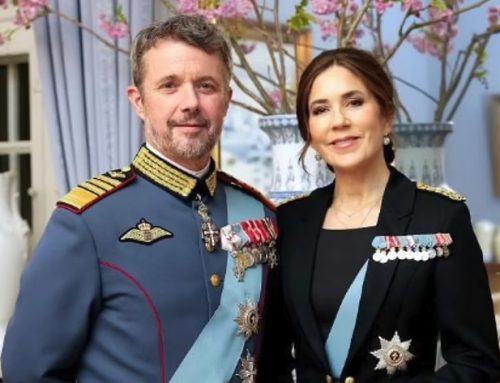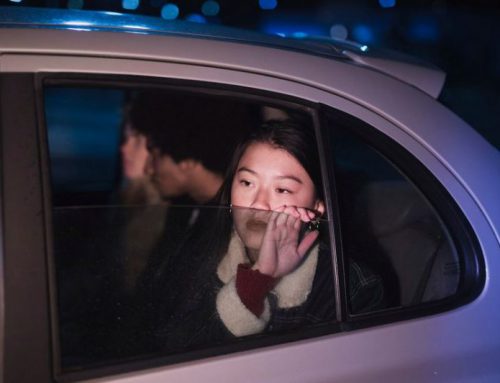Many of the half decent reviews about a movie being released today, were written by people who were given swag bags which included concert tickets and backstage passes for a show involving one of the actors.
Don’t Worry Darling
Harry Styles
The craft on display is impeccable, though, from the gleaming cinematography from Matthew Libatique (Darren Aronofsky’s usual collaborator) to the flawless production design from Katie Byron to the to-die-for costumes from Arianne Phillips. The excellent work of all those behind-the-scenes folks and others at least makes “Don’t Worry Darling” consistently watchable, all the way up to its non-ending of an ending. Let’s just say you’ll have questions afterward, and those post-movie conversations will probably be more thoughtful and stimulating than the movie itself. – Source
‘Don’t Worry Darling’ and the mechanics of a mystery
The new film Don’t Worry Darling is a drama and a thriller, but it’s also a mystery. We meet Alice (Florence Pugh), who lives in an idyllic midcentury-styled neighborhood with her husband Jack (Harry Styles). This planned community is under the control of Jack’s boss Frank (Chris Pine), who runs the mysterious Victory Project, which employs all the local men while their wives keep house. Alice begins to see clues that suggest that something is terribly wrong.
The mechanics of a good mystery are usually such that as the story builds tension, it’s like the construction of a complicated lock on an ornate door. Every piece of new information creates another complication within the mechanism of the lock. Then, at some point, you are given a key. You put the key in the lock and you turn it, and there is a satisfying click as it disengages the lock and lets you in.
This structure is one of the reasons people praise, for instance, The Sixth Sense. When you learn the truth about what you’re watching, the key fits into the lock perfectly. Or, to look at this from another angle entirely, consider Rian Johnson’s well-received comic mystery Knives Out. Once you’ve seen it a few times, lots and lots of little details that were part of the family story and the twisty narrative are explained by all that you know by the time it ends.
The issue with Don’t Worry Darling is that it creates a beautiful lock and a perfectly passable key, but when you put the key in the lock, it doesn’t quite turn. You don’t get that satisfying click. Watching the lock be built was still a pleasure; there’s even still some relief of pressure in seeing what the key looks like. But the interplay between them isn’t seamless the way it should be.
—
Had Don’t Worry Darling paid off in this way, emotionally and with a satisfying conclusion for Alice as a character, it might matter less that the whole thing doesn’t make a lot of sense if you sit with it for more than about 60 seconds. But partly because the movie hovers for so long in that very pleasurable and effective liminal space of tension-building and portent, it doesn’t have much time to spend with its resolution, which seems rushed and leaves the distinct impression there are pieces missing that perhaps once offered more answers to specific questions about who does what to whom and why.It’s a shame, because there are some good performances here, including both Pugh and Pine (very believable as a dangerous boss), and there are some truly scary shots that work very well. But while too much explanation can doom a mystery as easily as too little, this is a case in which a little more explicit information about the workings of this neighborhood might have gone a long way. – Source
Read more on these Tags: Harry Styles









